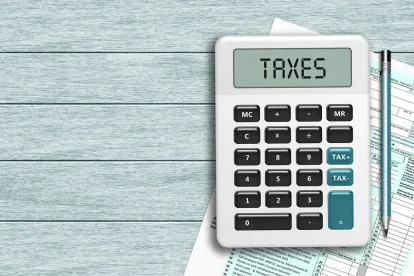On November 23, 2020, the IRS and Treasury Department released final regulations (the Final Regulations) under Section 1031 of the Internal Revenue Code of 1986, as amended (the Code). Prior to the Tax Cuts and Jobs Act of 2017 (the TCJA), a taxpayer could defer the recognition of gain or loss under Code Section 1031 in connection with an exchange of like-kind personal property, certain intangible property, or real property, if such property was used in a trade or business or held for investment, and certain additional requirements were met. The TCJA, however, generally limited like-kind exchanges permitting the deferral of gain or loss recognition under Code Section 1031 to exchanges of real property.
The Final Regulations amend and finalize proposed regulations (the Proposed Regulations) released on June 12, 2020. The Final Regulations generally are consistent with the Proposed Regulations with the notable exceptions of defining real property based upon State and local law and removing the Purpose and Use Test (as defined below).
Definition of Real Property
Code Section 1031 does not define the term “real property,” but, prior to the TCJA, applicable State and local law classification often was the determining factor for characterizing an asset as real property for purposes of Code Section 1031. The Proposed Regulations generally rejected this approach, stating that applicable State and local law definitions were not controlling for purposes of determining whether an asset should be characterized as real property. As noted by commenters, the legislative history to the TCJA indicated that Congress intended real property eligible for like-kind exchange treatment prior to the TCJA to be eligible for such treatment after the TCJA. Accordingly, the Final Regulations generally provide that property is classified as real property for purposes of Code Section 1031 if, on the date of the relevant exchange, the property constitutes real property under the laws of the State or local jurisdiction where the property is located.
Improvements to Land Treated as Real Property
For purposes of Code Section 1031, real property generally includes improvements to land. The Final Regulations, like the Proposed Regulations, define improvements to land as inherently permanent structures and structural components thereof, and further define an inherently permanent structure as a building or other structure that is (1) a distinct asset based on all the facts and circumstances and (2) permanently affixed to real property. The Final Regulations clarify that property will be treated as permanently affixed to real property if such affixation is reasonably expected to last indefinitely based on all the facts and circumstances.
The Final Regulations, however, eliminate the purpose and use test found in the Proposed Regulations (the Purpose and Use Test). Under the Purpose and Use Test, if an item of tangible property, such as machinery or equipment, otherwise qualifies as an inherently permanent structure or a structural component thereof, the property would not qualify as real property for purposes of Code Section 1031 if it contributes to the production of income unrelated to the use or occupancy of space. Many commenters argued that the Purpose and Use Test would improperly narrow taxpayers’ opportunities for like-kind exchanges, and would even cause certain items of property to be treated as personal property for purposes of Code Section 1031 despite having been classified as real property prior to the TCJA.
Finally, the Final Regulations, like the Proposed Regulations, include a list of properties that qualify as inherently permanent structures and therefore constitute real property for purposes of Code Section 1031. In response to a comment, the Final Regulations replace the term “offshore drilling platforms” with the broader term “offshore platforms” in this list in order to capture both drilling platforms and production platforms within the definition of real property. The Final Regulations also retain “oil and gas pipelines” in this list and clarify in the preamble that this term describes both above-ground and below-ground pipelines.
Intangible Assets Treated As Real Property
The Final Regulations, like the Proposed Regulations, provide that intangible assets that derive their value, and are inseparable, from real property or an interest in real property are classified as real property for purposes of Code Section 1031. Accordingly, for purposes of Code Section 1031, real property (1) includes leasehold interests, options to acquire real property, easements, and certain licenses, permits, or similar rights solely for the use, enjoyment, or occupation of land or improvements that are in the nature of a leasehold interest, easement, or other similar right and (2) excludes stock (with limited exceptions), debt, and partnership or trust interests.
The Final Regulations eliminate the Purpose and Use Test that was applicable to intangible property in the Proposed Regulations.
Incidental Personal Property Included in Replacement Property
The Final Regulations, like the Proposed Regulations, disregard incidental personal property as separate from the larger property when identifying replacement property. Personal property that is typically transferred together with real property generally is treated as incidental if the aggregate fair market value of the personal property does not exceed 15 percent of the aggregate fair market value of the larger property.





 />i
/>i

